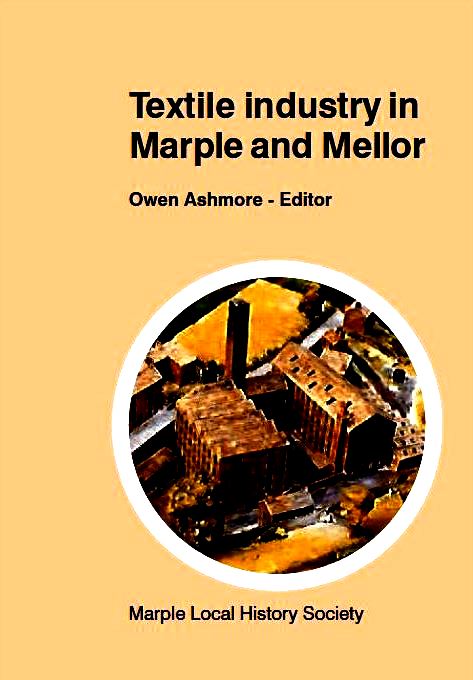
A survey of the historical industry of Marple and Mellor that was produced over a period of several years in the 1970s by an enthusiastic group of amateur historians, led by a professional industrial archaeologist.
Although the work of the Marple Local History Society has gone from strength to strength in the intervening years this particular study has never been bettered.
The book is now published in whole and with unaltered text as a tribute to the work carried out by these historical pioneers. It is now divided into two parts – textile industries and other industries. Because of the convenience of digital publishing, we have been able to include various illustrations and maps which we hope will add to the understanding of the industrial history of Marple and Mellor. The conversion of the text is by Val Pringle – a heroic task.
There appear to be three omissions – Strines Printworks, Compstall Mills and Chadkirk Printworks. All of these were substantial businesses. However, although we regard them as part of Marple we presume the group decided it was outside their area. Nevertheless, this is a remarkable study of how industry developed in the foothills of the Pennines, growing from small single person operations to large industrial enterprises.
The group was led by Owen Ashmore, an industrial archaeologist in the University of Manchester Extra Mural Department and comprised: Ann Ashworth, Audrey Lee, Tom Oldham, Jacqueline Roberts, Kenneth Roberts, Joan Rose, Nigel Rose and Horace Williams. We owe them thanks for creating such a strong foundation upon which we can all build.